After Alta California is annexed by the United States, Baja California is further divided into northern and southern territories.
Northern Baja California becomes the 29th state of Mexico. The southern portion, below 28°N, remains a federally administered territory.
The southern territory becomes the 31st state, Baja California Sur.
Ernesto Ruffo Appel of the PAN becomes the first non-PRI governor of Baja California and the first opposition governor of any state since the Revolution.
The Guaycuras Indians were native to the Southern and central areas of Baja, and as legend has it, the men were used for procreation, and the tribe was run by their ‘Amazon Queens,’ the most notorious being Queen Calafia. She was quite famous, as evidenced by the use of her name, “Calafia,” throughout Baja and Mainland Mexico. Some historians believe that California was named after her.
The Guaycuras Indians were over six feet tall and looked like no other Indian in any part of Baja or mainland Mexico. There is no record of any Indian anywhere in the western hemisphere that has any likeliness to them. Due to their resemblances to the seafaring voyagers of the Pacific Islanders, and the similar latitude to the Hawaiian Islands, there is more than a possibility that they were direct descendants of Polynesian seafarers attempting to find the Hawaiian Islands that had blown off course and landed at Southern Baja California and settling there. As you observe the area’s local people, you will notice many tall, slender, dark-haired Indians; these are descendants of the original Guaycuras.
A trail leads over the mountains from the edge of Rancho Gaspareño® to San. Jose Del Cabo. The two-day hike leads to the biosphere in the Gigante mountains.
By 1767, most of the Guaycuras Indians in the area had disappeared either of European diseases, assimilation, or in skirmishes with the Spanish. The surviving Indians were moved to missions farther north. Still, just 30 minutes south, San Jose del Cabo remained an important Spanish military outpost until the mid-19th century when the presidio was turned over to Mexican nationals.
The Guaycuras Indians were native to the Southern and central areas of Baja, and as legend has it, the men were used for procreation, and the tribe was run by their ‘Amazon Queens,’ the most notorious being Queen Calafia. She was quite famous, as evidenced by the use of her name, “Calafia,” throughout Baja and Mainland Mexico. Some historians believe that California was named after her.
The Guaycuras Indians were over six feet tall and looked like no other Indian in any part of Baja or mainland Mexico. There is no record of any Indian anywhere in the western hemisphere that has any likeliness to them. Due to their resemblances to the seafaring voyagers of the Pacific Islanders, and the similar latitude to the Hawaiian Islands, there is more than a possibility that they were direct descendants of Polynesian seafarers attempting to find the Hawaiian Islands that had blown off course and landed at Southern Baja California and settling there. As you observe the area’s local people, you will notice many tall, slender, dark-haired Indians; these are descendants of the original Guaycuras.
A trail leads over the mountains from the edge of Rancho Gaspareño® to San. Jose Del Cabo. The two-day hike leads to the biosphere in the Gigante mountains.
By 1767, most of the Guaycuras Indians in the area had disappeared either of European diseases, assimilation, or in skirmishes with the Spanish. The surviving Indians were moved to missions farther north. Still, just 30 minutes south, San Jose del Cabo remained an important Spanish military outpost until the mid-19th century when the presidio was turned over to Mexican nationals.
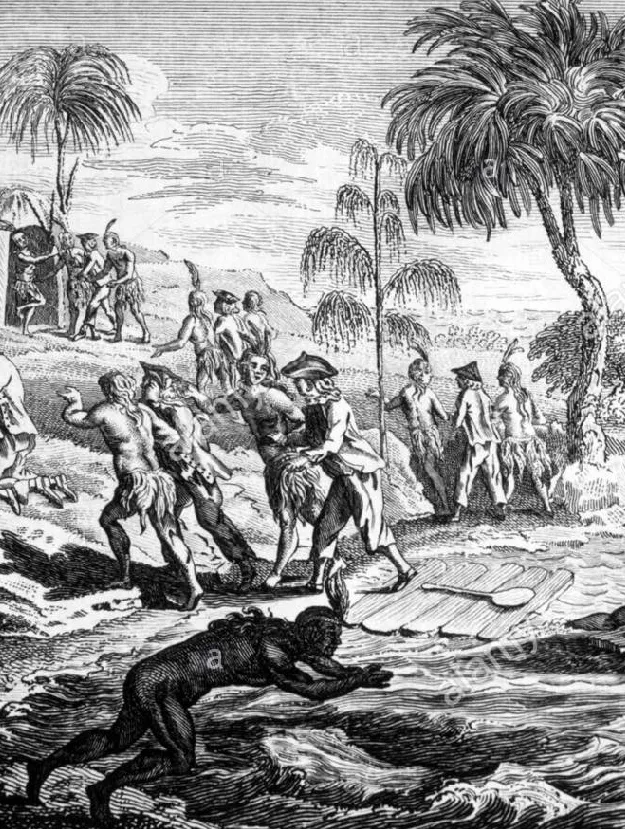
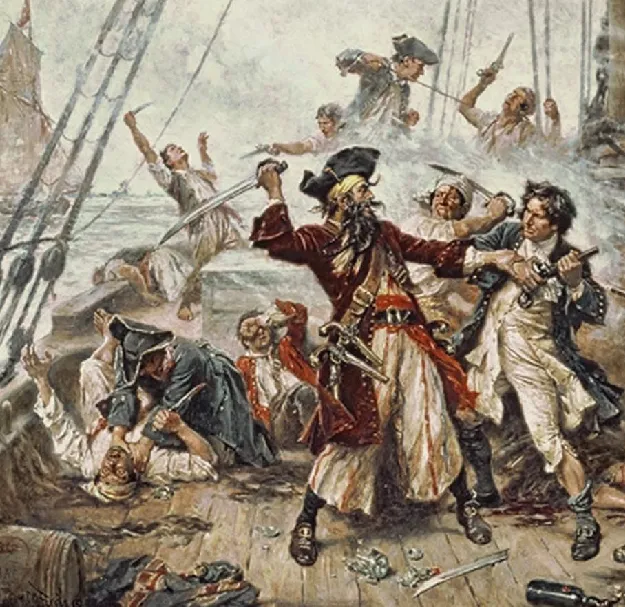
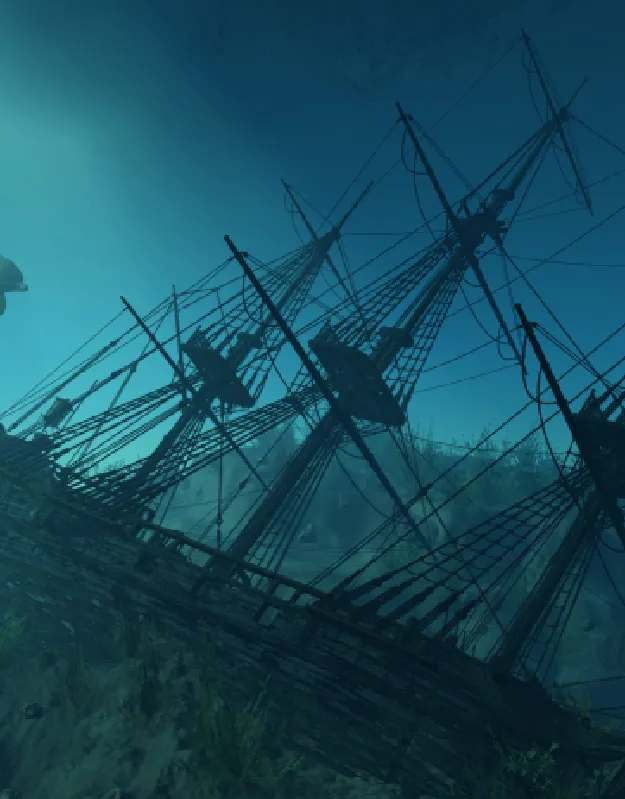
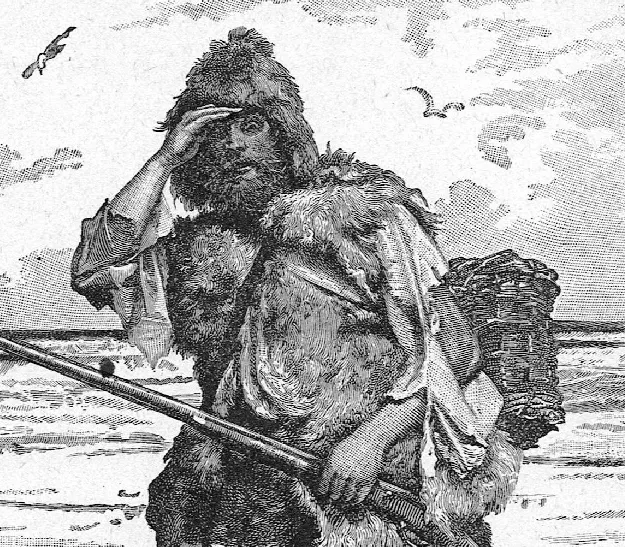
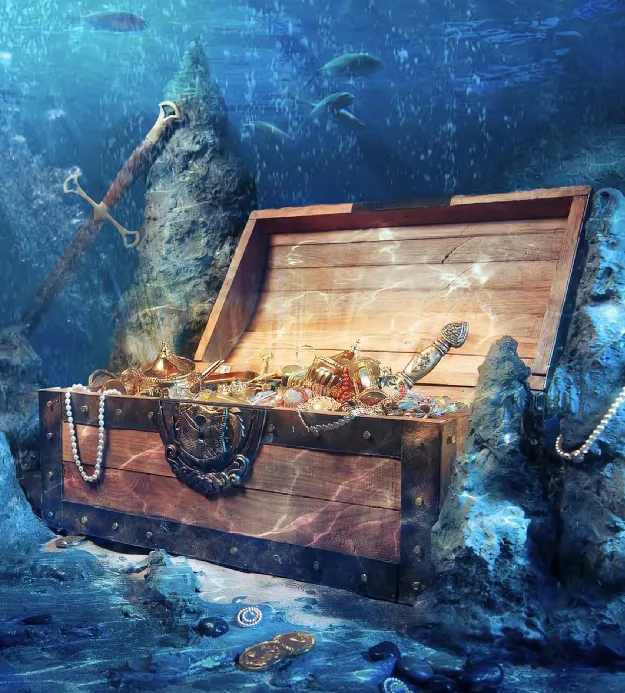
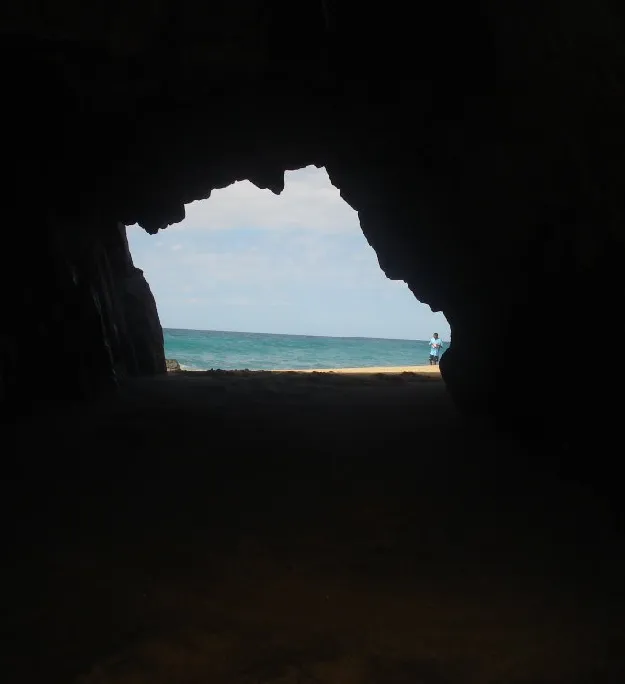
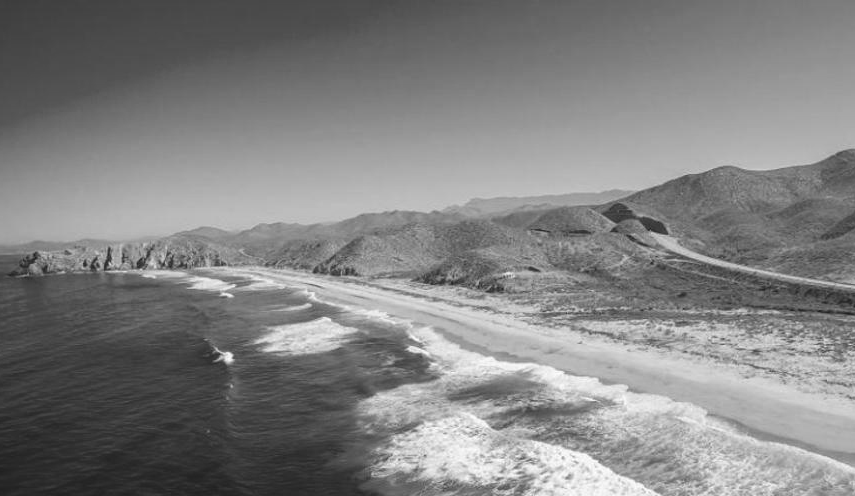
In 1852 Benito Juarez (the Abraham Lincoln of Mexico)
transferred 8,000 hectares of land from ownership by the
government of Mexico to the people. The area transferred was known as San Jacinto. The person who benefitted the most was a Guycura Indian princess Dionessa Villalobos. Princess
Dionessa had nine children with Padre Gabrial Gonzalez, the Padre in charge of the Todos Santos Mission. Dionessa Villabos was part of the founding family of Todos Santos. In addition, her proud descendants populate the area to this day, with family names including Avlies, Maldonaido, Villarino, Slgado, and more. When you read the first pages of the original deed for Rancho Gaspareño®, it shows the San Jacinto Land Grant in favor of
Villalobos and signed by the President of Mexico at that time, Benito Juarez.
Rancho Gaspareño® got its name from the Manila Galleon that ran aground off the Promontory on its way to Acapulco, the headquarters for the Spanish Crown’s Western expansion.
FOR SALE BY OWNER
Fairly priced at $14,950,000.
The property is separated by the Federal 4-lane Highway 19. The inland and the oceanside property can be sold separately.
Greg Schredder
808-346-1987
[email protected]
Linda Jones Neil
(011-52) 612-123-5056, ext. 0
cell: (011-521) 612-157-6497
[email protected]